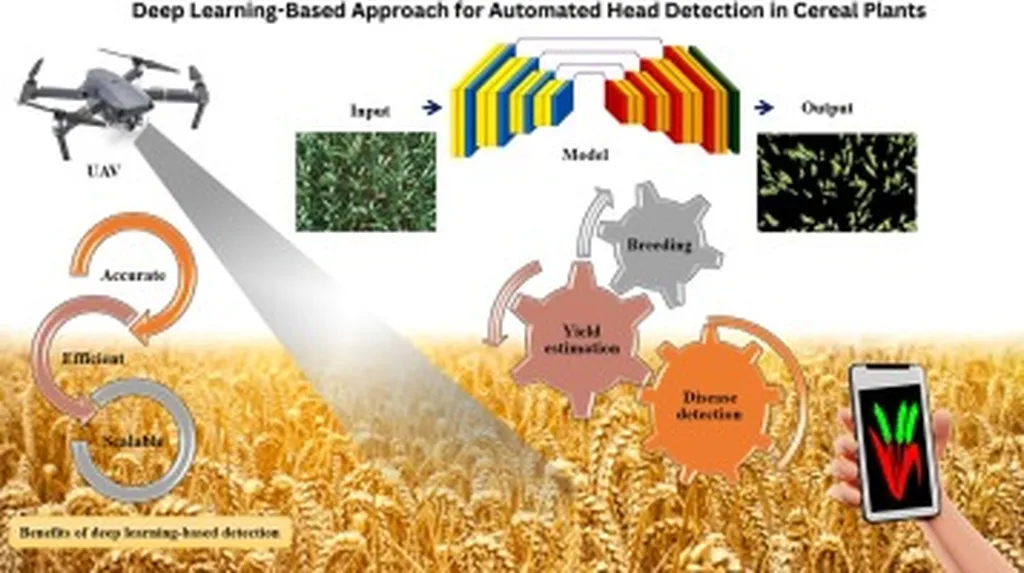In the ever-evolving landscape of precision agriculture, a groundbreaking study has emerged, promising to redefine how we map and manage crop distribution. Published in the *IEEE Journal of Selected Topics in Applied Earth Observations and Remote Sensing*, the research introduces a novel approach to parcel-based rice identification, leveraging advanced neural networks and consistency constraints to enhance accuracy and efficiency.
Traditional methods of crop mapping often fall short due to their reliance on pixel-level or segmented object analysis, which can overlook critical boundary constraints and correlations between cultivated areas. This new study, led by Manjia Li from the State Key Laboratory of Remote Sensing and Digital Earth at the Chinese Academy of Sciences, addresses these limitations by introducing a multilevel consistency constraint framework. This approach ensures spectral homogeneity within parcels and considers spatial, environmental, and temporal similarities at the parcel scale, providing a more comprehensive and accurate analysis.
The research employs two primary model structures: one based on graph neural networks (GNN) and the other on attention mechanisms. These models not only enhance feature stability and completeness but also significantly improve accuracy, especially in small-sample cases. “The neighborhood models achieved average accuracy improvements of 3.10% to 15.78% under varying training set proportions,” Li explains. “Even with a training set ratio as low as 0.02, the graph-based model maintained an overall accuracy of 89.50%.”
The implications for the agriculture sector are profound. Precision agriculture relies on accurate and detailed crop mapping to optimize resource allocation, monitor growth, and predict yields. By providing a more precise and reliable method for identifying crop types at the parcel level, this research can help farmers and agronomists make more informed decisions, ultimately leading to increased efficiency and productivity.
Moreover, the study’s use of advanced neural networks and attention mechanisms opens new avenues for future research. As Li notes, “The proposed algorithm serves as a universal framework for parcel-wise type inference, facilitating the effective implementation of precision agriculture.” This framework could be adapted for various crops and regions, making it a versatile tool for the global agriculture industry.
The research also highlights the importance of uncertainty reduction in crop identification. By leveraging intelligent algorithms such as convolutional neural networks, random forests, and graph neural networks, the study achieves a more robust and reliable analysis. This reduction in uncertainty is crucial for farmers who rely on accurate data to manage their crops effectively.
As the agriculture sector continues to embrace technology, studies like this one pave the way for more sophisticated and efficient practices. The integration of advanced neural networks and consistency constraints in crop identification is a significant step forward, offering a glimpse into the future of precision agriculture. With continued research and development, these methods could become standard practice, revolutionizing the way we cultivate and manage our crops.
In the words of Manjia Li, “This research not only addresses current limitations in crop identification but also sets the stage for future advancements in the field.” As we look ahead, the potential for these technologies to transform agriculture is immense, promising a more sustainable and productive future for farmers worldwide.

